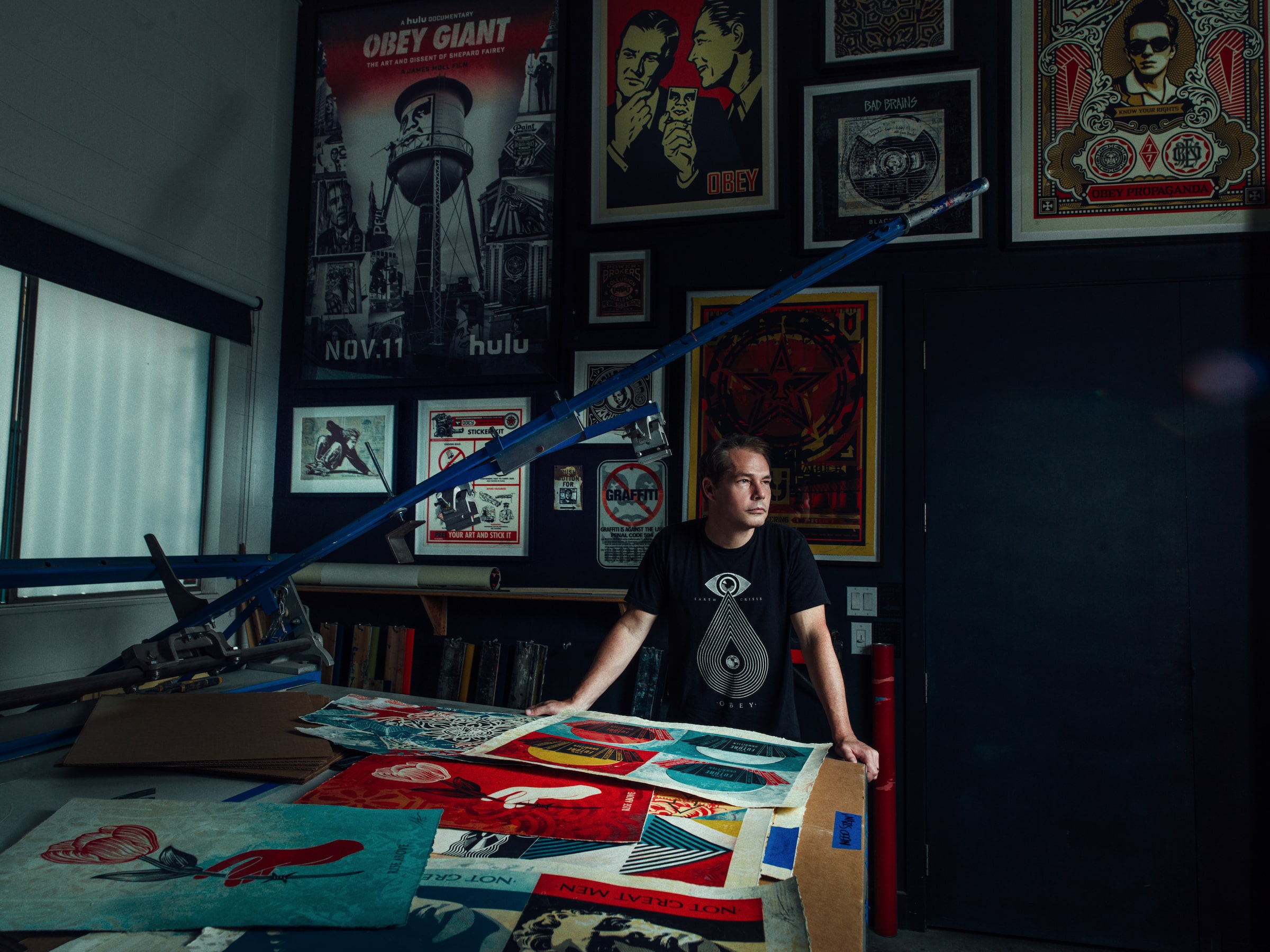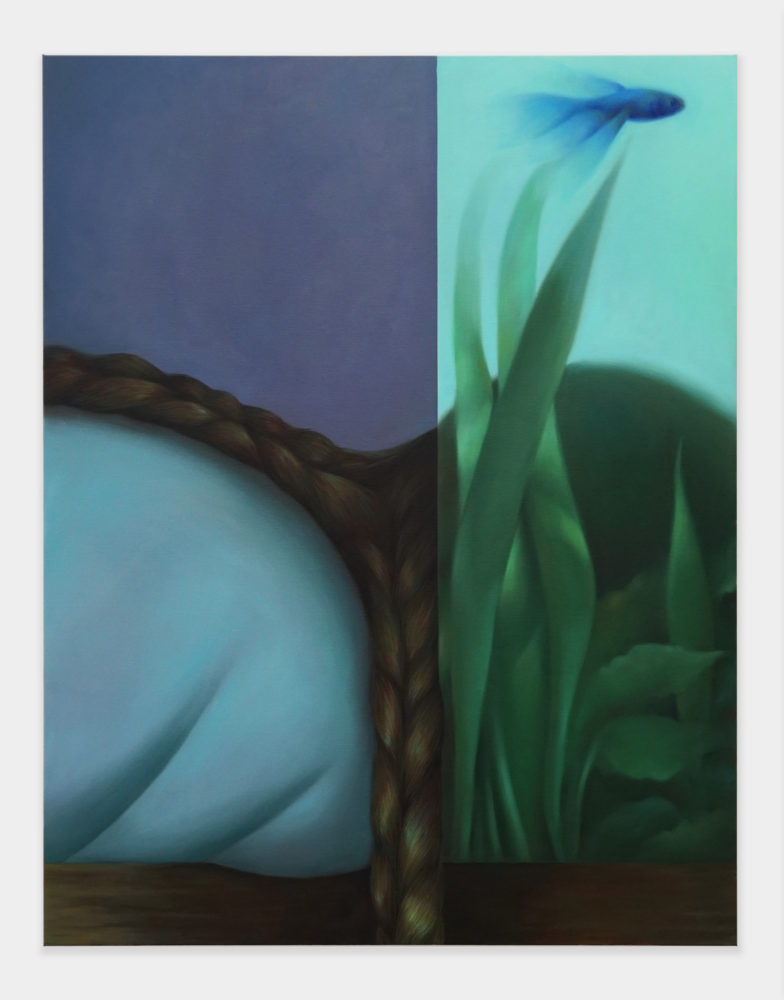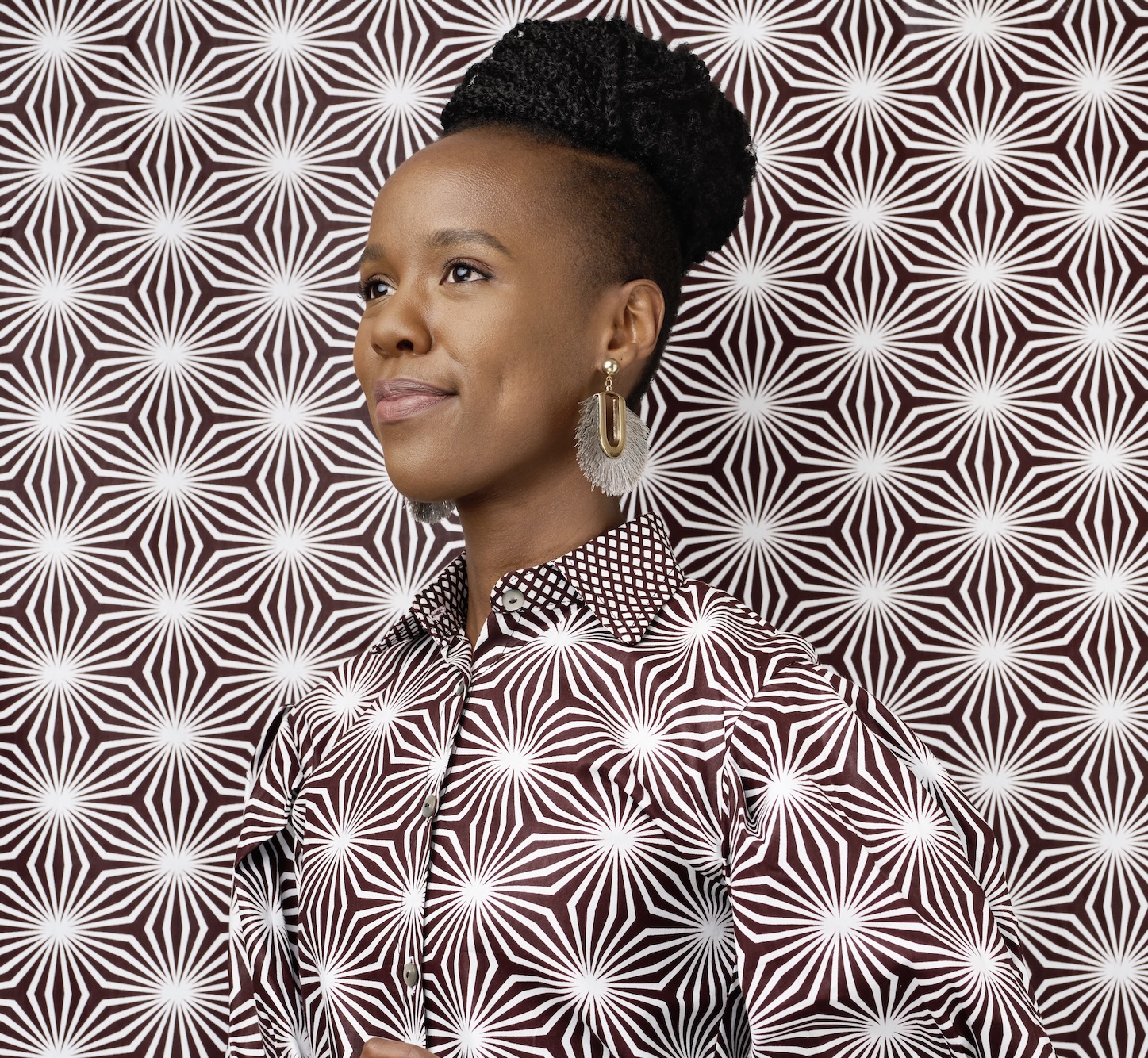The Italian designer Paola Navone is known for an array of immersive spaces and eye-catching objects created under her multidisciplinary firm OTTO Studio. Her early practice began in traditional architecture at a time when universities and small firms did not focus on design. After graduating from Polytechnic University of Turin in 1973, she moved to Milan to explore her curiosity beyond traditional education. In the decade that followed, she joined a collective of design rebels—like Ettore Sottsass Jr., Alessandro Mendini, Alessandro Guerriero, and Andrea Branzi—to form Studio Alchimia, creating and exhibiting decorative arts, furniture, and architecture. In the years that followed, she expanded her practice to include avant-garde interior, product, graphic design, and styling and decoration for boutiques, hotels, restaurants, and more.
Today, her nonconventional and nuanced approach to design is celebrated for its expressive and eclectic energy, seen in collaborations with houses like Alessi, Roche Bobois, Armani Casa, and Rafael, as well as in lodging and living spaces around the world. After exploring the 25hours Hotel Florence Piazza San Paolino she designed in Italy, Whitewall spoke to Navone—who was already at work on Milano Design Week 2023, a new COMO Hotel located in an ancient village in Bourgogne, and a new hotel in Athens—to hear how an interest in utopian projects and imperfection has exploded into a career full of fun.
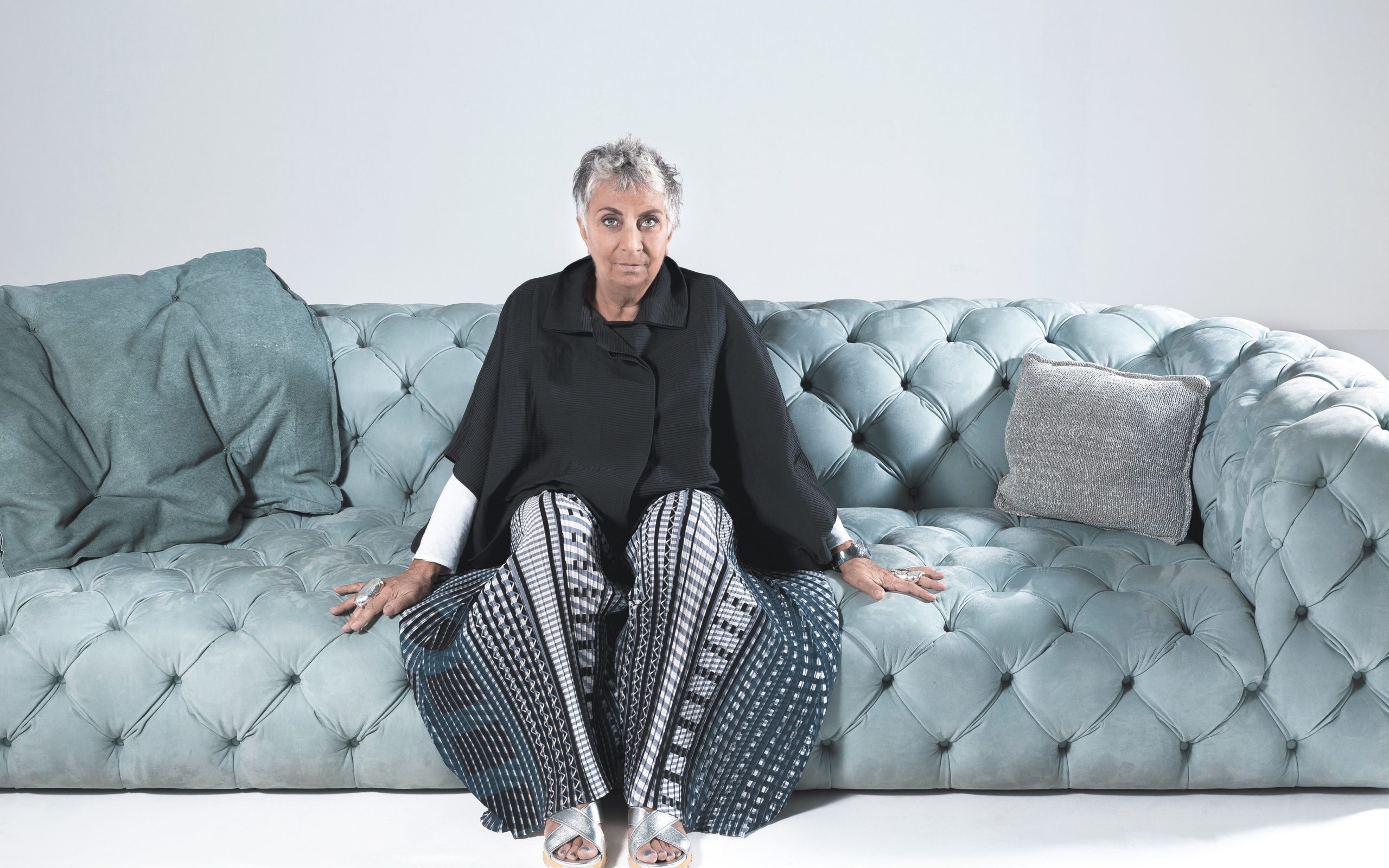
Portrait of Paola Navone by Baxter.
WHITEWALL: When you moved to Milan in the 1970s, what about design were you uninterested in, frustrated by, or bored by that you wanted to change?
PAOLA NAVONE: At the time, there were no design schools. I was very curious, always looking for what was going to happen next. I discovered that there were, all over the world, architects who were producing something other than what I was learning in the classroom—not real buildings or cities, but utopian projects. These were firms like Archigram in London or Superstudio in Florence, and others doing more extreme things. I understood that Turin was tight to me, so I started to travel the world looking for new possibilities besides the traditional education I was getting. I already knew that I would take a different path, a bit out of the box, and somehow this is what happened.
WW: Your projects all feel very different from each other yet have a recognizable aesthetic. How?
PN: Each of our projects comes from a special alchemy, which is why they’re always different one from each other. However, there are some special tools that belong to our creativity: simplicity, imperfection, and irony. “Simplicity” is an inspiring word, and it never means giving up on something. Imperfection is part of our idea of beauty, and it makes everything unique and more emphatic. And a touch of irony is never missing in our projects and makes everything more enjoyable.
WW: Typically, how do you approach an interior design project?
PN: Feeling and instinct are central to our work. We love places that create a feeling of well-being—places you feel happy to be in.
We enjoy saying it’s a bit like being a screenwriter. One time, the script is about a place, another time it’s about a character. The next time? Who knows. The screenwriter does not change, but each movie is always a new adventure with its own scenario.
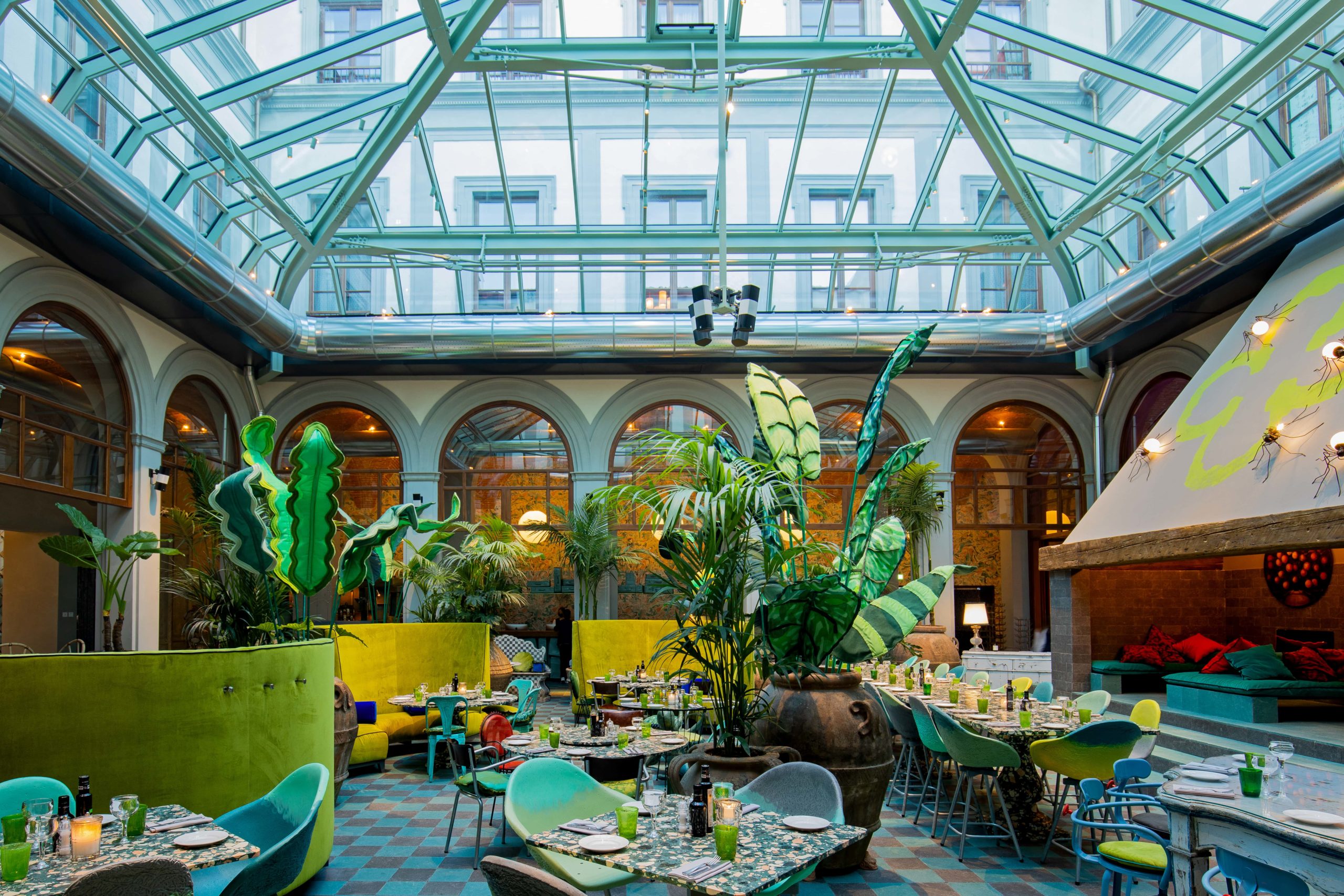
25hours Hotel Piazza San Paolino in Florence, Italy, photo by Dario Garofalo.
WW: We recently traveled to the 25hours Hotel in Florence. How did you work with the brand to design this space?
PN: The 25hours hotels are always designed on a different theme, chosen by the creative mind of the founder Christoph Hoffman and his team.
The poem Divina Commedia is the theme they chose. We enjoyed giving a visionary interpretation of the theme and transforming the spaces of the historical complex into a sequence of imaginative scenographies. What makes the hotel extraordinary is the feeling of being in a magical universe that involves all the senses, wherever you look.
Every color and object, down to the smallest detail, is designed to welcome guests into Dante [Alighieri]’s atmospheres and to inspire a sense of wonder and surprise, even without knowing the poem.
WW: The space was decorated with unusual and sensorial materials and surfaces. Of what importance to your practice are materials and surfaces? What are you attracted to?
PN: By attitude, we have a special attraction for the rough texture of natural materials. We also like experimenting with the latest generation of materials and technologies. Most of all, we enjoy blending inspirations that come from different worlds and times. It naturally also happened in the 25hours Piazza San Paolino project, where noble and popular materials—marble, mosaic, terra cotta, metal, wood, laminate, ceramic, glass and special interior fabrics —mix freely, creating spectacular intersections of worlds.
WW: Minimal design claims that less is more, but your designs seem to embrace “more is more.” Would you agree?
PN: I feel a special attraction for objects. I like to collect them, and I enjoy adding rather than subtracting.
In our projects, we always try to multiply the sensations to provoke an effect of wonder. But it is not necessarily a matter of quantity. Sometimes just by imagining objects, even the simplest ones, in an unconventional way it is possible to suggest an unexpected and surprising atmosphere.
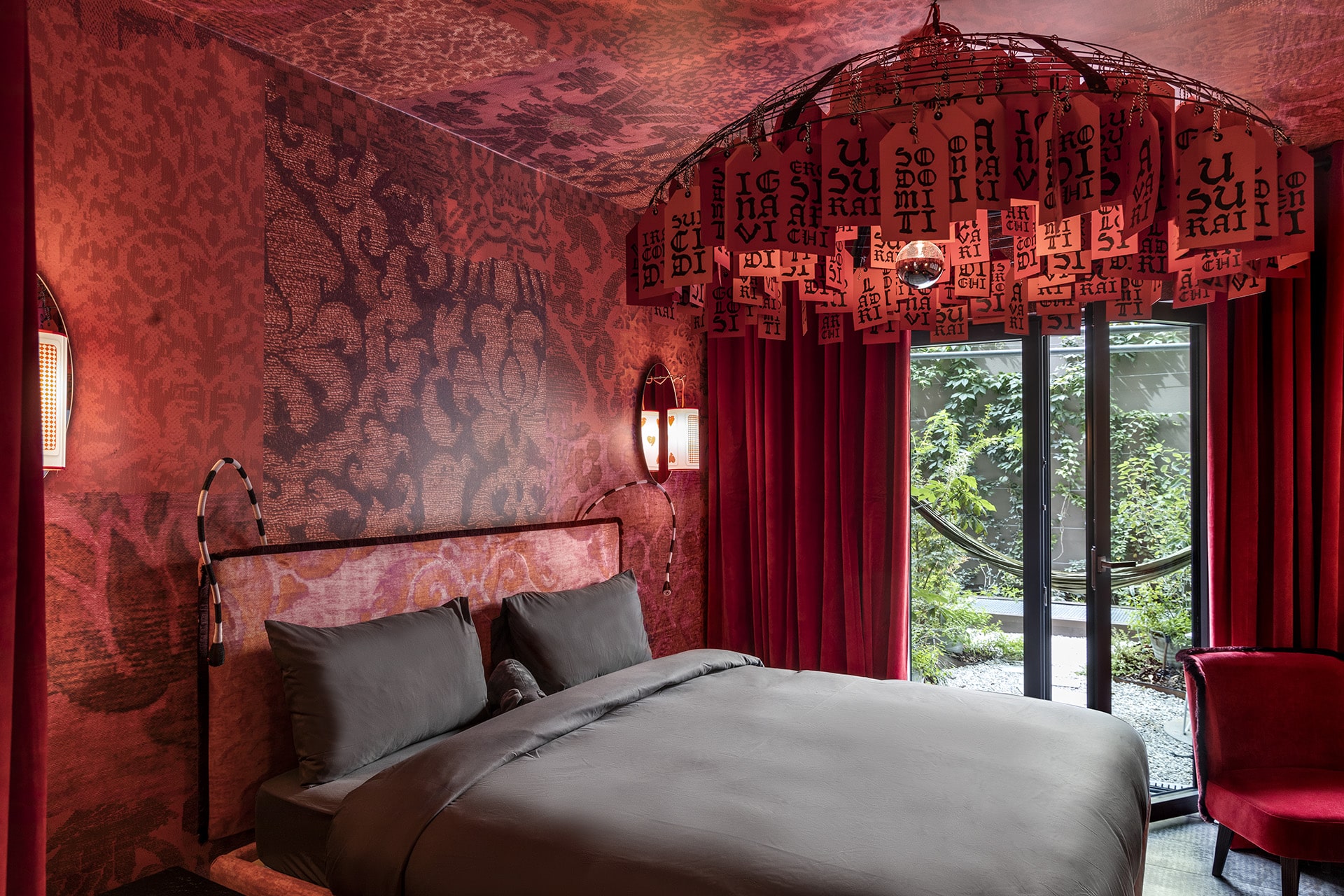
25hours Hotel Piazza San Paolino in Florence, Italy, photo by Dario Garofalo.
WW: Your spaces create an experience for those that are in them. How do you think about creating an experience for various interior projects, rather than just a well-decorated space?
PN: For an interior design project, we allow ourselves to be guided by the kind of sensations that we love, as the way we feel when flopping down on a large and cocooning sofa.
For hospitality projects, we like that guests can breathe the soul of the place in a contemporary, light, and natural atmosphere, feeling pampered and at ease, a bit like at home.
In private interior projects, we like to create fluid and bright spaces, open to the outside, imagined to go along with the lifestyle of those who will live there without giving up a bit of wonder.
WW: How do you view decoration? What is necessary?
PN: Nothing decorative is essential. The secret is to choose what contributes to make us feel good in the spaces we live in. In my case, it is the light. Light is always very important to me. It gives me energy and makes my brain work and dream.
WW: What is your own home like?
PN: It is a fluid and light-filled space. If it weren’t for the roof, the inside and outside would be nearly indistinguishable. And it is a nomadic home. After all, I’m a nomad, too, born from an imaginative accumulation of things, each with its own little world story to tell. There are objects designed for the many companies I have collaborated with, things that have arrived in the suitcase from some wonderful journey, unique pieces mixed with cheerful collections of objects, and special objets trouvés that live their second life in this space.
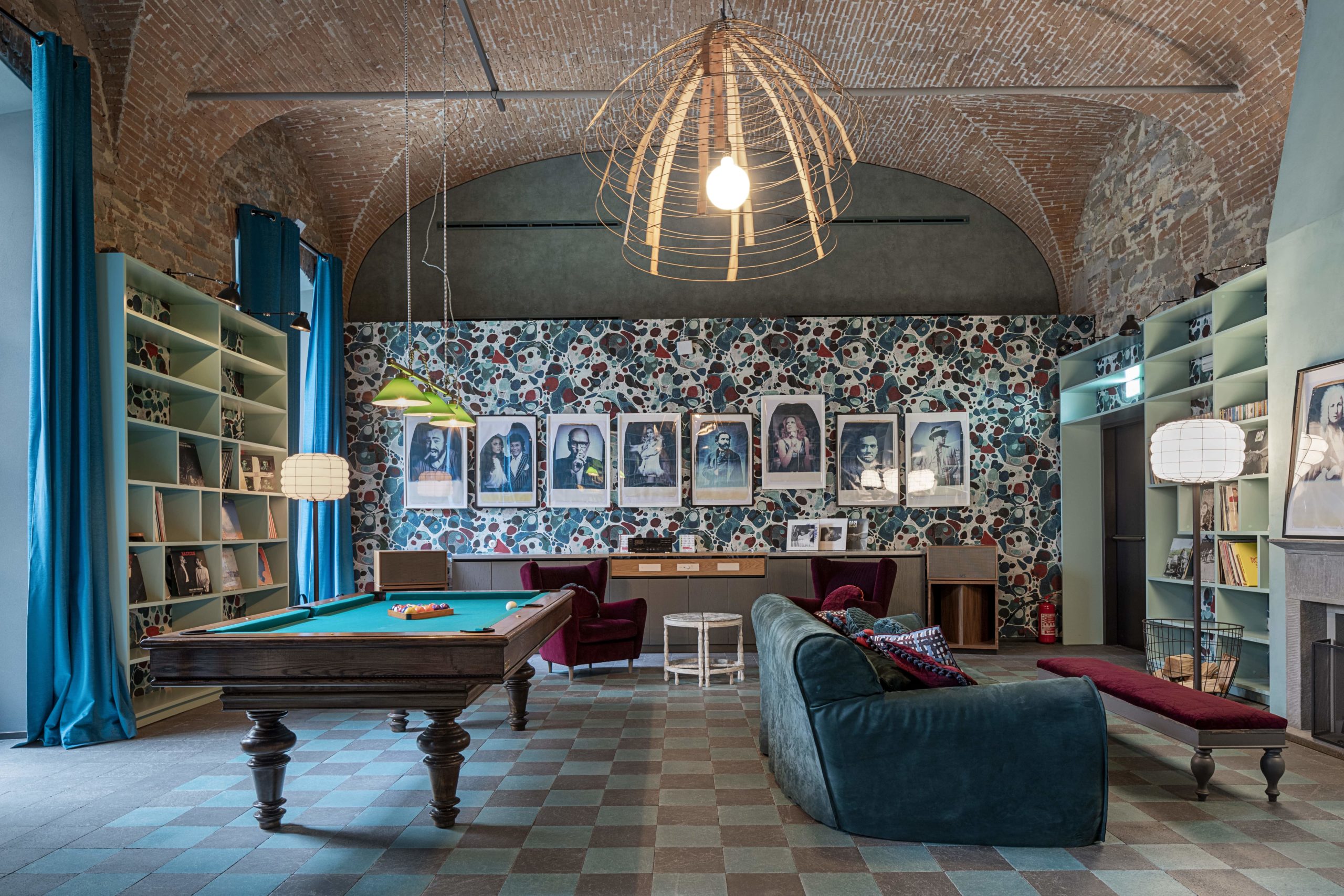
25hours Hotel Piazza San Paolino in Florence, Italy, photo by Dario Garofalo.




